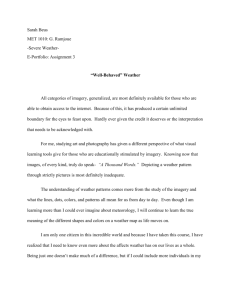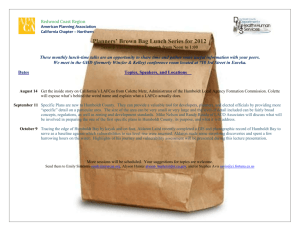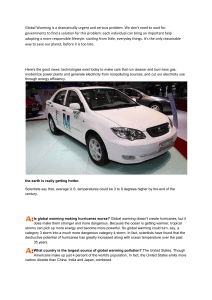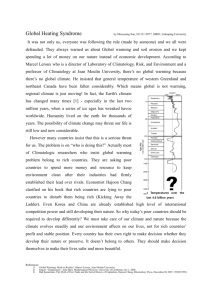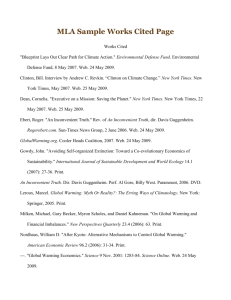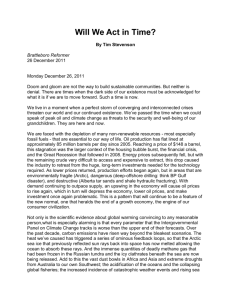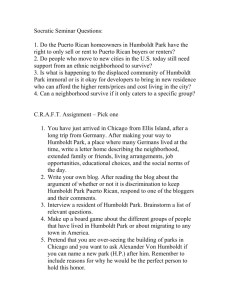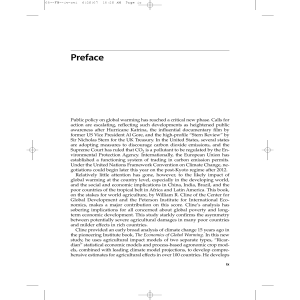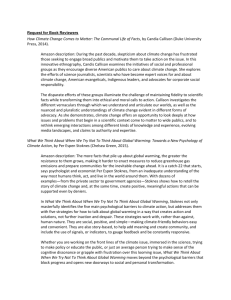Mapping Your Research Topic or Question
advertisement
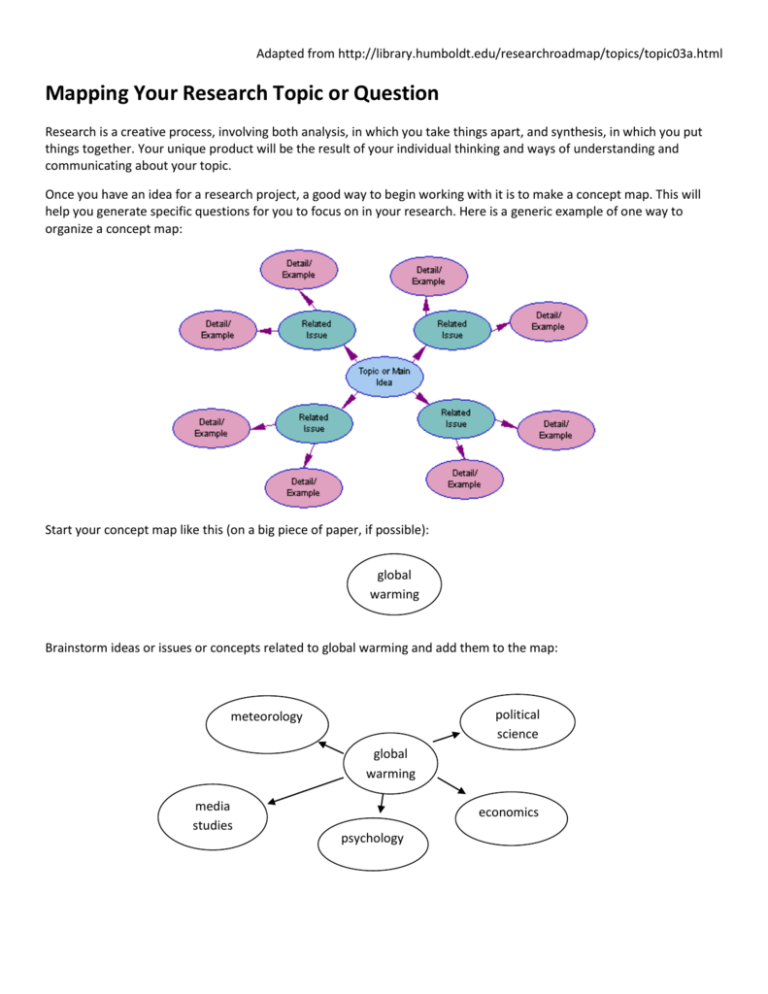
Adapted from http://library.humboldt.edu/researchroadmap/topics/topic03a.html Mapping Your Research Topic or Question Research is a creative process, involving both analysis, in which you take things apart, and synthesis, in which you put things together. Your unique product will be the result of your individual thinking and ways of understanding and communicating about your topic. Once you have an idea for a research project, a good way to begin working with it is to make a concept map. This will help you generate specific questions for you to focus on in your research. Here is a generic example of one way to organize a concept map: Start your concept map like this (on a big piece of paper, if possible): global warming war Brainstorm ideas or issues or concepts related to global warming and add them to the map: political science meteorology global warming media studies war psychology economics Adapted from http://library.humboldt.edu/researchroadmap/topics/topic03a.html Now add another layer of ideas related to these: oral histories policy making anthropology storms political science meteorology sea level changes global warming media studies war economics psychology media bias developed & developing countries Individual action or inaction Keep brainstorming and adding layers until you’ve listed everything you can think of. It’s okay to cross things out or change the way they are linked. Once you have a pretty complete map of your ideas, you can decide how much to include based on the scope of your project. Use your final map to generate a list of questions or areas where you need to find more information for your project. Try to think of questions that will inform your disciplinary perspective(s). Adapted from http://library.humboldt.edu/researchroadmap/topics/topic03a.html your map here
